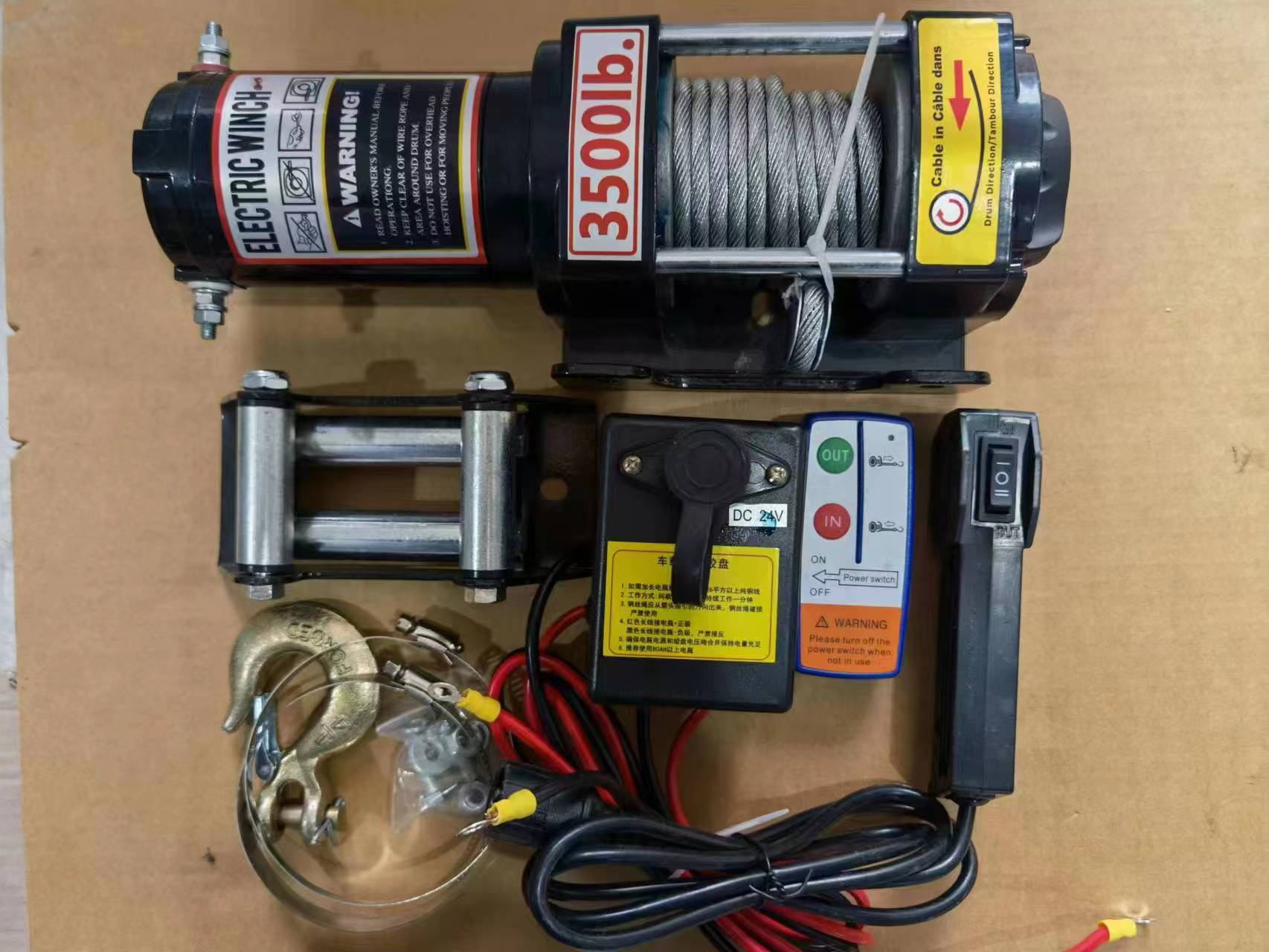


The Importance of Hand Operated Pallet Trucks in Modern Warehousing
In the fast-paced world of logistics and warehousing, efficiency and safety are paramount. One essential tool that has become a staple in this environment is the hand operated pallet truck. These compact and versatile devices play a crucial role in the movement of goods, making them indispensable for businesses of all sizes.
What is a Hand Operated Pallet Truck?
A hand operated pallet truck, often referred to as a manual pallet jack, is a mechanical device designed to lift and transport pallets within a warehouse or retail environment. It consists of a pair of forks that slide underneath the pallet, allowing the user to lift and move heavy loads using a hydraulic system activated by a hand pump. This simple yet effective design has made it a popular choice for many warehouses due to its ease of use and affordability.
Advantages of Using Hand Operated Pallet Trucks
1. Cost-Effective Solution Unlike electric pallet trucks or forklifts, hand operated pallet trucks require no electricity or battery, which makes them significantly cheaper to purchase and maintain. This makes them an ideal choice for small to medium-sized businesses that may be operating on a tight budget.
2. Maneuverability Hand pallet trucks are typically more maneuverable than their electric counterparts. They can easily navigate narrow aisles and tight spaces, providing versatility in various warehouse layouts. This allows workers to transport goods efficiently without the need for large machinery that might not fit in crowded environments.
3. Simplicity and Training Operating a hand pallet truck is straightforward, requiring minimal training. Most employees can learn to operate these trucks within a short period, leading to increased productivity as workers quickly adapt to their tasks. This simplicity also reduces the likelihood of accidents, as the risk associated with complex machinery is minimized.
4. Durability and Lower Maintenance Hand operated pallet trucks are built to withstand the rigors of warehouse use. Made with robust materials, they can handle heavy loads and endure rough handling. Because they have fewer moving parts compared to electric trucks, they require less maintenance, resulting in lower long-term operational costs.

5. Safety Features Modern hand pallet trucks come equipped with essential safety features, such as braking systems and ergonomic handles. These enhancements contribute to reducing workplace injuries by minimizing strain on workers’ backs and limiting the risk of accidents during operation.
Best Practices for Using Hand Operated Pallet Trucks
While hand operated pallet trucks are user-friendly, following best practices is crucial to ensure safety and efficiency
1. Training Even though they are easy to operate, all personnel should receive proper training on how to utilize hand pallet trucks effectively. This training should cover safe lifting techniques, loading limits, and the proper handling of goods.
2. Regular Inspections Routine checks for any wear and tear, such as hydraulic leaks or damaged wheels, are vital to maintain the functionality and safety of the pallet trucks. Identifying potential issues early can prevent accidents and costly repairs.
3. Load Limits Operators should always be aware of the load capacity of their pallet trucks. Overloading can lead to equipment failure and pose safety risks to workers.
4. Clear Pathways Maintaining clear pathways and organized storage areas can enhance efficiency and reduce the risk of accidents when using manual pallet trucks.
Conclusion
In conclusion, hand operated pallet trucks are a vital component of any modern warehouse operation. Their cost-effectiveness, maneuverability, and safety features make them an ideal choice for businesses looking to streamline their logistics processes. By adhering to best practices and ensuring proper training and maintenance, organizations can maximize the benefits of these invaluable tools, ultimately enhancing productivity and ensuring a safer working environment for all employees.



